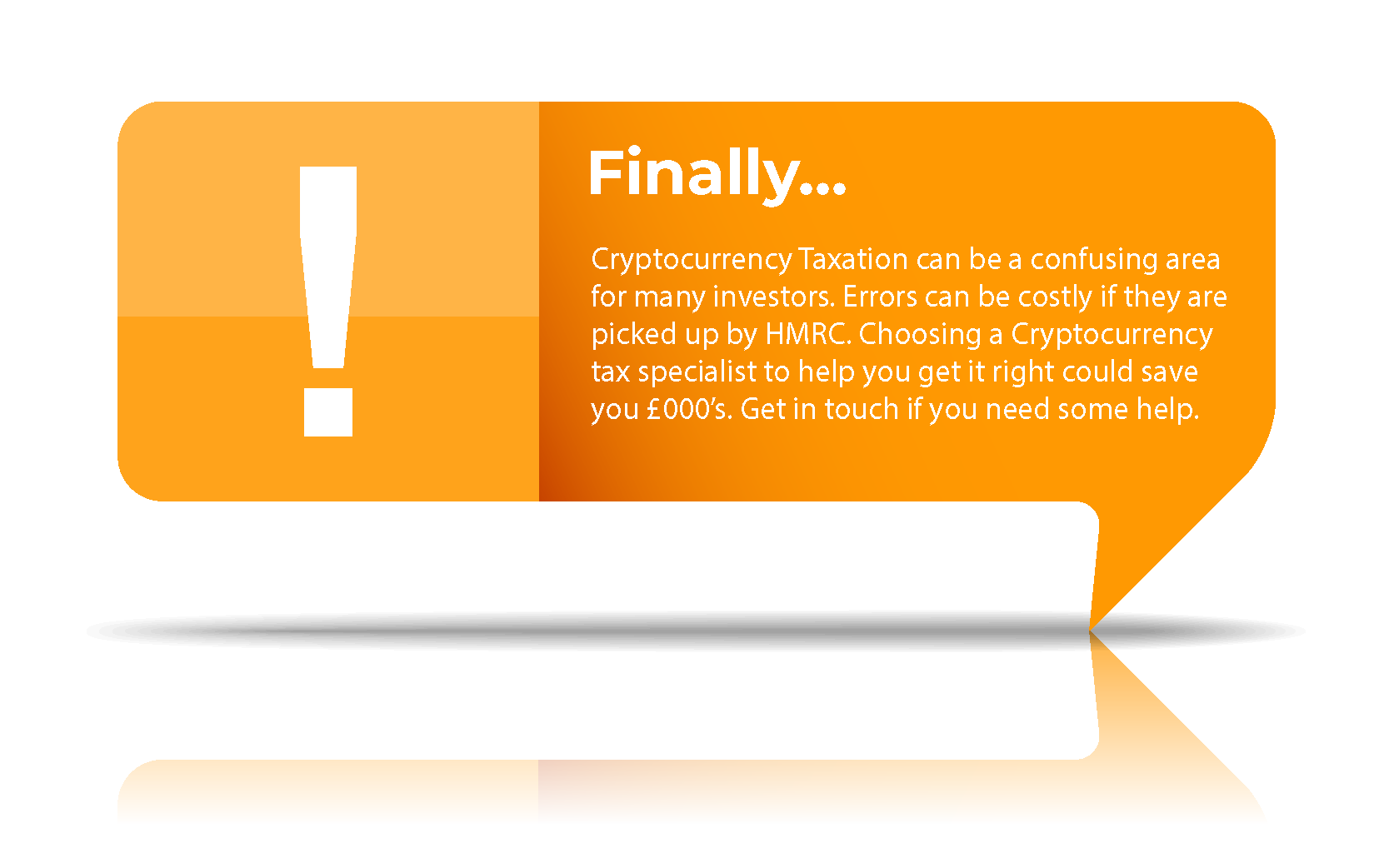As a cryptocurrency investor in the UK, it’s crucial to understand how HMRC applies the Section 104A pooling rule to your crypto assets. This rule impacts how you calculate your capital gains tax (CGT) and manage your crypto portfolio. In this guide, we’ll explore the pooling rule, provide a real-life example, and explain how you can use it for smart tax planning.
What is the Section 104A Pooling Rule?
The Section 104A of the Taxation of Chargeable Gains Act 1992 (TCGA 1992) lays down the pooling rule, which applies to both shares and cryptocurrency in the UK. This rule mandates that, instead of tracking individual purchases of cryptocurrency, all acquisitions of a given crypto asset are grouped into a single “pool.” The average cost of the entire pool is used to calculate capital gains when assets are sold, rather than using the cost of specific units.
Key Legislation:
- Taxation of Chargeable Gains Act 1992 (TCGA 1992), Section 104A: Defines pooling rules that apply to crypto assets.
- HMRC guidelines: Extend share pooling rules to cryptocurrency, requiring crypto investors to pool their holdings for tax purposes.
How Does the Pooling Rule Work?
Let’s break down how this rule applies to cryptocurrency trades and tax calculations.
Worked Example:
- Day 15: You buy 3 more BTC at £12,000 each, adding £36,000 to your total cost.
At this point, you have:
- Total BTC: 8 BTC
- Total pool cost: £86,000
- Average cost per BTC: £10,750 (£86,000 ÷ 8 BTC)
Now, suppose you sell 4 BTC at £15,000 each. The sale proceeds are £60,000, and the cost for these 4 BTC, based on the pooled average, is £43,000 (4 BTC × £10,750).
- Capital Gain: £17,000 (£60,000 – £43,000)
This is the gain you’ll need to report to HMRC for CGT.
Tax Planning Strategies with the Pooling Rule
The pooling rule impacts how UK crypto investors calculate tax, but it can also be used strategically. Here’s how you can leverage the pooling rule for tax efficiency:

1. Keep Detailed Records
Since all cryptocurrency acquisitions are pooled, keeping precise records of every purchase, including dates, amounts, and prices, is vital. These records will help you accurately calculate your average cost per unit, preventing errors and overpayments in CGT.
2. Optimize Sales to Minimize Tax Liability
By pooling your crypto holdings, you average out the cost across multiple purchases. This can smooth out the volatility of buying cryptocurrency at different prices. When disposing of assets, you can plan to sell when the market conditions favor your tax position, potentially reducing the taxable gains.
3. Maximize Annual Capital Gains Allowance
UK taxpayers can benefit from a £6,000 capital gains tax-free allowance (2023/24 tax year). Using the pooling rule, you can make smaller, strategic sales to stay within this CGT exemption threshold, reducing your overall tax burden.
4. Use Spousal Transfers
You can transfer cryptocurrency to your spouse tax-free under Section 58 of the TCGA 1992. Once transferred, your spouse can sell the cryptocurrency under their own pooling structure, providing flexibility in managing CGT liability as a couple.

Final Thoughts
Understanding and leveraging the Section 104A pooling rule is crucial for crypto investors in the UK. By simplifying the calculation of capital gains and averaging out acquisition costs, this rule helps you better manage your tax obligations. Careful record-keeping and strategic planning, combined with the pooling rule, can make a significant difference in your crypto tax planning.
For personalized advice on how to apply the pooling rule to your specific situation, consult a tax professional experienced in cryptocurrency taxation.
What is the Section 104A pooling rule, and how does it apply to cryptocurrency?
The Section 104A pooling rule, as outlined in the Taxation of Chargeable Gains Act 1992 (TCGA 1992), requires UK cryptocurrency investors to pool their crypto assets for capital gains tax purposes. This means that each time you acquire cryptocurrency, the purchase cost is added to a pool, and when you sell, the capital gain is calculated based on the average cost of the entire pool rather than specific units. This simplifies tax reporting for investors who buy and sell the same cryptocurrency multiple times.
How do I calculate my capital gains using the Section 104A pooling rule?
To calculate capital gains under the pooling rule, you must:
- Record each cryptocurrency purchase and add the amount to the pool.
- Determine the average cost of all your cryptocurrency holdings in the pool.
- When you sell, calculate the capital gain by subtracting the average cost of the units sold from the sale proceeds. This ensures a consistent and simplified approach to calculating capital gains for tax purposes.
Can I use the Section 104A pooling rule to minimize my crypto tax liability in the UK?
Yes, the Section 104A pooling rule can help you manage and potentially reduce your crypto tax liability. By pooling your assets, the average cost per unit is calculated, which can help offset fluctuations in purchase prices. You can also use this rule strategically in combination with the annual capital gains tax allowance or spousal transfers to minimize taxable gains and optimize your tax position. However, you should consult a tax professional to ensure you are fully compliant with HMRC crypto tax rules.

DISCLAIMER
© My Accountancy Team 2024 All Rights Reserved – The above articles are provided for guidance only and may not cover your personal circumstances so you should not rely on them. It is important that you seek appropriate professional advice which takes into account your personal circumstances where you can provide the full facts of the case and all documents related to your case. My Accountancy Team Ltd t/a mycryptotax.co.uk, cannot be held responsible for the consequences of any action or the consequences of deciding not to act.

Do you have a question for our experts?
If there’s cryptocurrency tax issue that has you puzzled or worried, get in touch. Everyone on our team loves to talk, especially when it helps people like you find peace of mind.
Schedule a free consultation with one of our Crypto Tax Experts and get your questions answered fast!
 Client Login
Client Login

